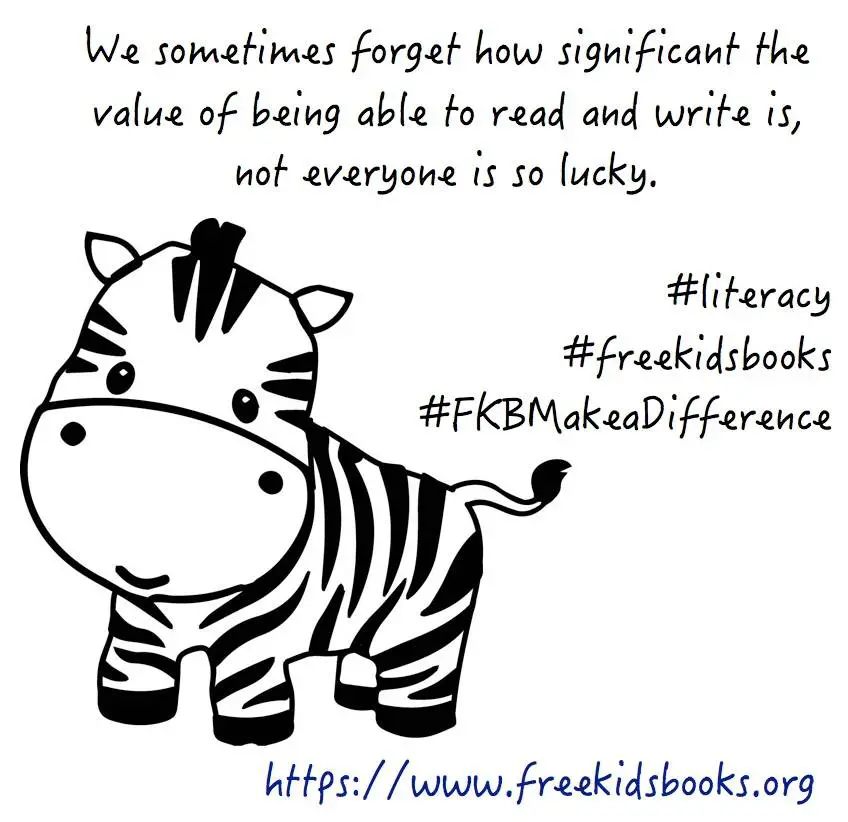Children’s books have long been a gateway into imagination, creativity, and language, but their impact goes far deeper than literacy alone. Stories shape the way young minds make sense of the world, offering lessons that help them grow into empathetic, thoughtful adults. In times when the world can feel uncertain or overwhelming, teaching compassion through narrative becomes more essential than ever. Children’s literature is one of the gentlest yet most powerful tools available for nurturing kindness, understanding, and emotional intelligence.
How Stories Shape Young Hearts and Minds
From the earliest picture books to the first chapter books a child reads independently, stories hold a mirror to both familiar and unfamiliar experiences. Young readers learn not just from the characters who resemble them, but also from those who look, live, and speak differently. This exposure invites children to consider perspectives beyond their own, building a foundation for empathy.
Narratives allow children to witness emotions safely. When a character feels lonely, frightened, proud, or brave, the reader experiences those feelings alongside them. This emotional practice, feeling with someone else, is the very essence of compassion. Because children process ideas through storytelling more easily than through instruction, books provide a natural pathway to teaching emotional awareness.
The Role of Characters as Compassionate Guides
Characters act as companions and guides for children as they navigate their own lives. A brave protagonist might encourage a child to stand up for a friend. A vulnerable character may show that it’s okay to ask for help. A story about kindness can spark conversations at home or school about what kindness looks like in the real world.
Importantly, these lessons aren’t delivered as lectures. Instead, they unfold gently through plot and dialogue, allowing children to internalize them in their own time. This subtlety is what makes children’s literature so effective. Kids don’t feel like they’re being taught; they feel like they’re discovering truths alongside the characters they’ve come to love.
Teaching Compassion for the Wider World
One of the most impactful aspects of children’s books is their ability to introduce global issues in age-appropriate ways. Stories set in different cultures, countries, and environments help children understand that the world is vast and diverse, yet filled with people who share the same basic needs and emotions. This understanding lays the groundwork for a sense of global responsibility.
When children learn through stories that other children around the world may be facing hardship, they begin to develop compassion not just for those close to them but also for those far away. This is where real understanding of community, both local and global, begins to take root. It’s also why initiatives such as the Sudan Appeal resonate so strongly; they reflect the very real needs of people beyond our immediate surroundings, a concept young readers can start to grasp through narrative.
Encouraging Children to Ask Questions
Another invaluable part of reading with children is the natural curiosity it sparks. A story may inspire questions such as “Why did that character feel sad?” or “What can we do to help someone like that?” These moments invite deeper conversations about emotions, challenges, and choices. They also help children learn how to respond thoughtfully when others are struggling.
Questions lead to awareness, and awareness leads to action. Even small acts of kindness, sharing, including someone, being patient, begin with understanding. By fostering curiosity through books, adults can guide children toward compassionate ways of thinking and behaving.
Why Stories Will Always Matter
In a fast-moving, digitally saturated world, the quiet act of reading with a child remains profoundly meaningful. Stories slow things down. They create space for reflection. They connect generations, spark imagination, and open hearts. More than ever, children’s books matter because they teach values that will carry children into adulthood: empathy, understanding, hope, and compassion.
When we invest time in sharing stories, we invest in shaping kinder future generations. Through narrative, children learn not only how to be better readers but also how to be better people, something the world will always need.











